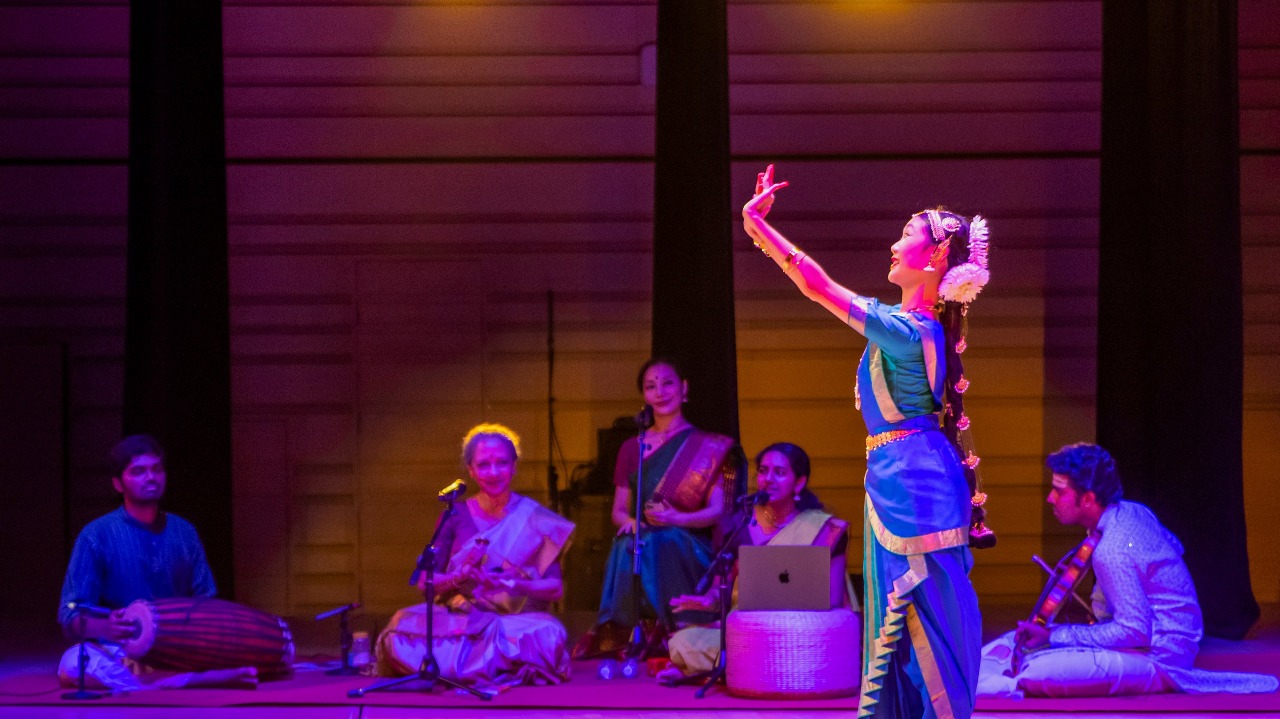Zhang Jiayuan, a 17-year-old student from Beijing, has recently made headlines by becoming the second Chinese national to perform “Arangetram,” the traditional solo debut of Bharatanatyam, an ancient Indian classical dance form. Her performance took place at a packed auditorium in Beijing, attended by Indian diplomats and experts in the dance, highlighting the expanding global appreciation of Indian cultural arts.
Understanding the Significance of Arangetram
Arangetram is a key milestone for Bharatanatyam dancers, symbolizing their readiness to perform independently before an audience and teachers.
It signifies years of rigorous training and mastery of this intricate art form, which combines expressive storytelling with precise movements.
Only after successfully completing Arangetram is a student considered qualified to train others or appear on stage solo.
Zhang Jiayuan’s Journey and Achievements
Zhang, also known by the name Rhea, began learning Bharatanatyam at the age of five.
At 12, she enrolled in a specialized dance school run by Jin Shan Shan, a noted Chinese Bharatanatyam exponent trained at Chennai’s prestigious Kalakshetra Foundation.
For five years, Zhang practiced intensively, sometimes spending up to five hours a day perfecting her technique.
Her Rhea’s debut performance was emotionally moving, reflecting her dedication and passion for the dance.
India’s Deputy Ambassador Abhishek Shukla felicitated Zhang, applauding her commitment to mastering the complex dance tradition.
Growing Popularity of Bharatanatyam in China
The interest in Indian classical dance in China was largely inspired by Zhang Jun (1933–2012), a pioneer who mastered and promoted Bharatanatyam, Kathak, and Odissi in China.
Jin Shan Shan, Zhang’s guru, is among the many Chinese dancers trained under this legacy at Indian institutions and now teaches at the Indian Embassy’s Vivekananda Cultural Centre in Beijing.
Currently, around 100 students at Jin’s school are learning Bharatanatyam, with many having trained for over a decade.
New learner groups have started recently, showing a sustained and increasing enthusiasm for Indian classical styles.
Cultural Exchange and Diplomacy
The event drew attention from diplomats and cultural ambassadors, reinforcing how arts serve as a bridge between India and China.
Such cultural interactions enhance mutual understanding and foster people-to-people ties in addition to formal diplomatic relations.
Future Prospects for Indian Classical Dance Abroad
Zhang Jiayuan’s accomplishment encourages more young artists globally to explore and perform Bharatanatyam.
Institutions promoting Indian arts abroad continue to grow their outreach with workshops, performances, and training programs.
This trend highlights the soft power of Indian culture and its ability to resonate far beyond national boundaries.
Conclusion
Zhang Jiayuan’s landmark Arangetram performance is more than a personal achievement. It symbolizes the vibrant global journey of Indian classical dance forms like Bharatanatyam. Her story reflects dedication, cross-cultural inspiration, and the timeless appeal of India’s artistic heritage spreading worldwide.
Sources: Deccan Herald, News18, Mid-Day, The Indian Express

